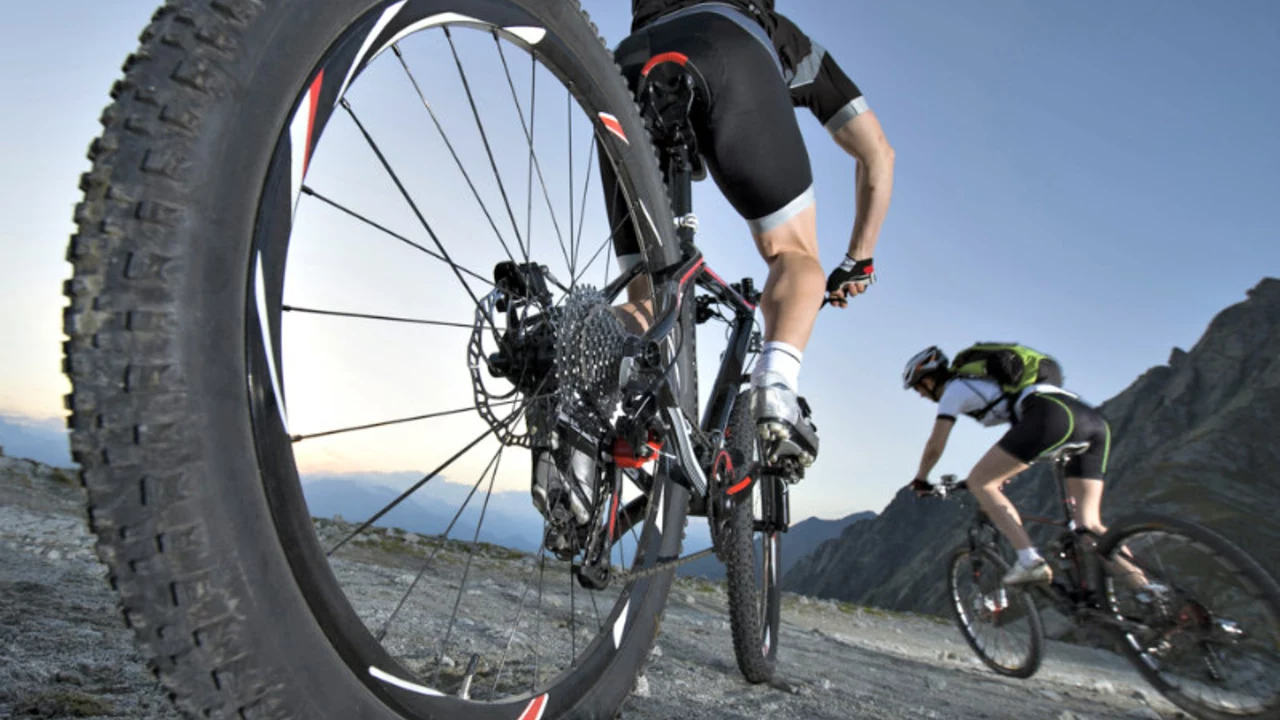Bike Comparison: How to Choose the Right Bike for You
Thinking about a new bike but not sure which one fits? You’re not alone. With so many models on the market, a solid comparison can save you time, money, and disappointment. Below is a straight‑forward process that shows you what to look at, why it matters, and how to make the best call for your two‑wheeler.
Step 1: Define Your Riding Goal
First, ask yourself where you’ll be riding most. Is it the hilly trails around Drayton Manor, the city streets of Tamworth, or long‑haul rides to the countryside? Your goal decides the bike type – mountain, road, hybrid or gravel – and shapes the features you need. A commuter who sticks to flat roads will benefit from a lightweight road bike with drop bars, while a weekend trail explorer should lean toward a mountain bike with wider tyres and front suspension.
Step 2: Compare Key Features
Frame material: Aluminum is cheap and light, steel gives a smoother ride, carbon is pricey but ultra‑light. Choose what fits your budget and comfort level.
Component groupset: Shimano and SRAM dominate the market. A lower‑tier groupset (e.g., Shimano Tiagra) works for casual riders; a higher‑tier (Ultegra, 105) offers smoother shifting for serious bikers.
Wheel size and tyre width: 27.5" or 29" wheels affect handling on rough terrain, while 700c wheels dominate road bikes. Wider tyres give more grip on gravel and comfort on potholes.
Fit and geometry: A bike that’s too tall or too low will sap your energy fast. Most manufacturers provide size charts. Measure your inseam, then match it to the recommended frame size. If you’re between sizes, consider a short top tube or an adjustable stem.
Price vs. value: Set a clear budget before you start scrolling. Remember that the cheapest bike often skimp on components that wear out quickly. Aim for a balance where the frame quality justifies the price, and the components are good enough for your intended use.
When you have a shortlist, take each bike for a short test ride. Pay attention to how the bike feels when you power up hills, descend, and maneuver tight corners. A bike that feels stable and responsive is a winner.
Don’t ignore local factors. Tamworth’s mix of quiet residential roads and occasional country lanes means a hybrid or gravel bike can be a versatile choice. If you’ll ride the National Cycle Network regularly, a bike with disc brakes provides reliable stopping in wet weather.
Read reviews from other Tamworth riders. Forums, bike shop staff, and community groups often share insights about how certain models hold up on our roads. Real‑world feedback can highlight issues that specs sheets hide.
Finally, write down the pros and cons of each model you’ve tried. Compare them side‑by‑side in a simple table: frame, weight, gear range, price, and any personal notes. Seeing everything at a glance makes the decision clear.
Once you’ve chosen, consider a local bike shop for assembly and a quick safety check. A properly tuned bike rides smoother, lasts longer, and keeps you safer on the road.
With this step‑by‑step bike comparison process, you’ll avoid impulse buys and end up with a bike that feels just right for your rides around Tamworth and beyond.

How do mountain bikes differ from city bikes?
Daxton Fairweather Jul 26 0Mountain bikes and city bikes are designed for different terrains and uses. Mountain bikes are built for tough off-road trails, equipped with robust frames, wide tires, and advanced suspension systems to handle rough terrains. In contrast, city bikes are built for comfort and efficiency on paved roads, featuring lighter frames, narrower tires, and often come with accessories like baskets and fenders. The riding position also varies; mountain bikes position the rider more aggressively, while city bikes allow for a more upright, relaxed ride. Ultimately, the choice between the two depends on your cycling needs and environment.
More Detail